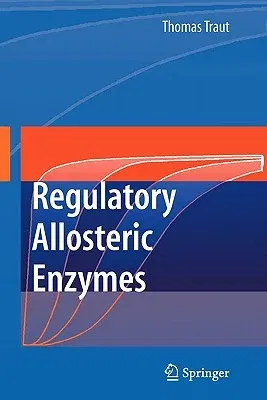Thomas W Traut
(Author)Allosteric Regulatory EnzymesPaperback, 4 November 2010

Qty
1
Turbo
Ships in 2 - 3 days
In Stock
Free Delivery
Cash on Delivery
15 Days
Free Returns
Secure Checkout
Print Length
250 pages
Language
English
Publisher
Springer
Date Published
4 Nov 2010
ISBN-10
1441944532
ISBN-13
9781441944535
Description
Product Details
Author:
Book Format:
Paperback
Country of Origin:
NL
Date Published:
4 November 2010
Dimensions:
23.39 x
15.6 x
1.42 cm
ISBN-10:
1441944532
ISBN-13:
9781441944535
Language:
English
Location:
New York, NY
Pages:
250
Publisher:
Weight:
376.48 gm

